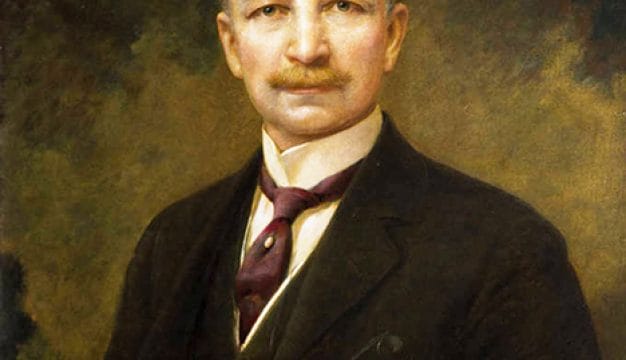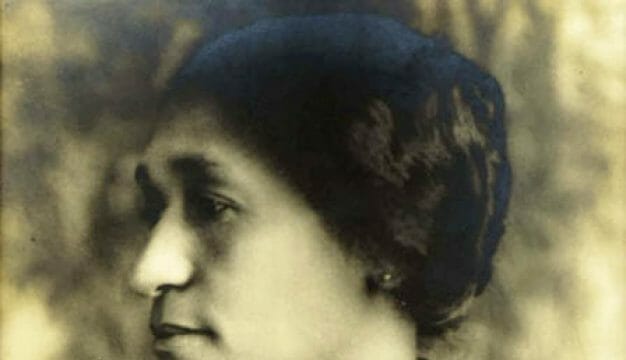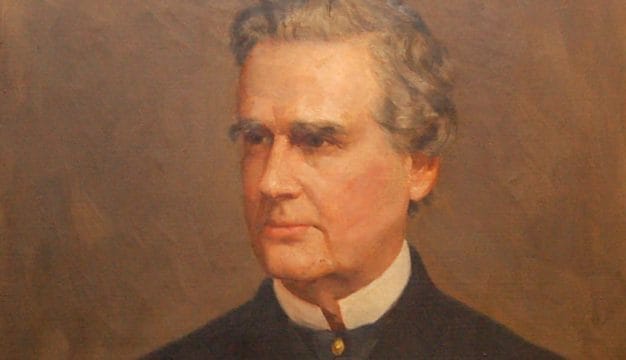Gorgas House Museum
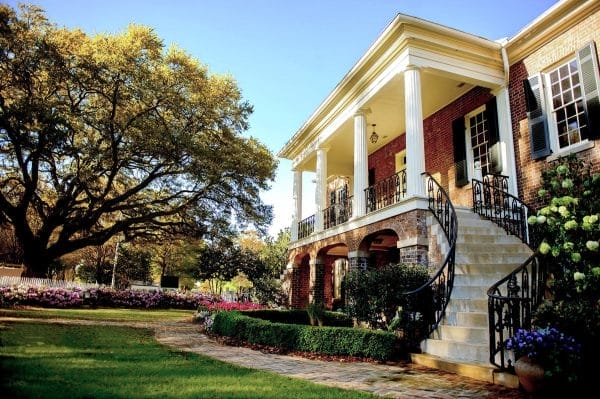 Gorgas House
The Gorgas House Museum in Tuscaloosa, Tuscaloosa County, celebrates the life and legacy of Josiah Gorgas and his family, who moved into the home in 1879. The building was designed by famed English-born architect William Nichols and completed in 1829, making it the oldest standing structure on the University of Alabama (UA) campus. The building served many uses over its life until 1954, when it was established as the Gorgas House Museum. In 2010, it was renovated and restored to its 1890s condition when the Gorgas family inhabited the residence.
Gorgas House
The Gorgas House Museum in Tuscaloosa, Tuscaloosa County, celebrates the life and legacy of Josiah Gorgas and his family, who moved into the home in 1879. The building was designed by famed English-born architect William Nichols and completed in 1829, making it the oldest standing structure on the University of Alabama (UA) campus. The building served many uses over its life until 1954, when it was established as the Gorgas House Museum. In 2010, it was renovated and restored to its 1890s condition when the Gorgas family inhabited the residence.
On December 18, 1820, “The University of the State of Alabama” was established by an act of the Alabama State Legislature. In 1827, Tuscaloosa, then the state capitol, was chosen as the university’s new home and construction of the campus began in 1828. The original seven buildings on campus were designed by state architect William Nichols. He used design elements from the nearby Alabama State Capitol building, which he also designed, as well as elements from Thomas Jefferson’s design for the University of Virginia. The building that would become the Gorgas House Museum may have originally reflected a Jeffersonian or Neoclassical aesthetic and was designed to be a dining hall or hotel, depending on the source. Construction on the building began in 1828 and was completed the following year.
The building was a modest two-story rectangular structure with a hipped roof and a small Ionic portico with one arch in the front and two connected winding stone staircases. Following typical Low Country design of dwellings in the coastal South, the main living area is on the second floor. The lower floor consisted of a large room with fireplaces at each end that served as the dining room, two smaller rooms in the back of the dining room, and a detached two-story kitchen where Morgan Hall now stands. Constructed almost entirely without nails, it has 18-inch thick walls of red brick manufactured from raw materials from the surrounding area. Originally known as “The Hotel,” the building first was used for visitor lodging.
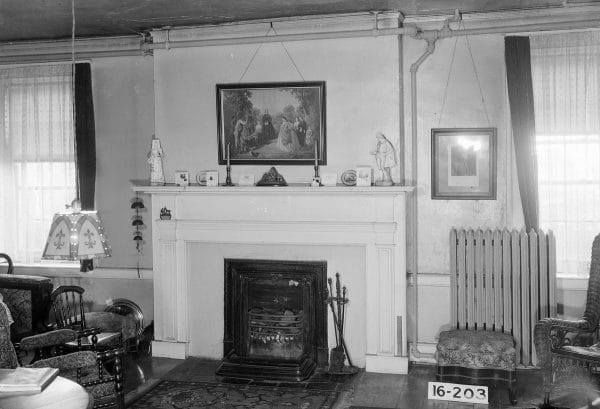 Gorgas House Faculty Parlor
When the first class of students arrive in 1831, the building housed the university steward and his family on the main floor and became known as “Steward’s Hall.” The bottom floor served as the university dining hall, seating 100 students. In 1840, the dining hall, the scene of many disciplinary issues, was permanently shuttered by school officials. This action was taken because of ongoing issues with student discipline, reportedly because of differing expectations between the university’s Ivy League faculty and the student body made up of the sons of local planters and pioneers. After students were forced to dine elsewhere, the dining hall was converted into a private faculty residence and was partitioned into a smaller dining room and living parlor separated by an entrance hall. Around the same time, a wood-frame wing was added to the rear of the house.
Gorgas House Faculty Parlor
When the first class of students arrive in 1831, the building housed the university steward and his family on the main floor and became known as “Steward’s Hall.” The bottom floor served as the university dining hall, seating 100 students. In 1840, the dining hall, the scene of many disciplinary issues, was permanently shuttered by school officials. This action was taken because of ongoing issues with student discipline, reportedly because of differing expectations between the university’s Ivy League faculty and the student body made up of the sons of local planters and pioneers. After students were forced to dine elsewhere, the dining hall was converted into a private faculty residence and was partitioned into a smaller dining room and living parlor separated by an entrance hall. Around the same time, a wood-frame wing was added to the rear of the house.
Continuing issues with student discipline and the looming American Civil War led to the conversion of the university into a military school to train future Confederate officers. During the war, the building was converted into a private faculty residence for professor John Wood Pratt, who taught classes on the ground floor. It would be known as “Pratt Hall” until 1878. Because of the university’s role in training officers, in April 1865 troops under the command of Union general John Croxton burned down most of the buildings on the sprawling campus. Pratt Hall, however, was spared from the destruction and continued to be used as a faculty residence after the war.
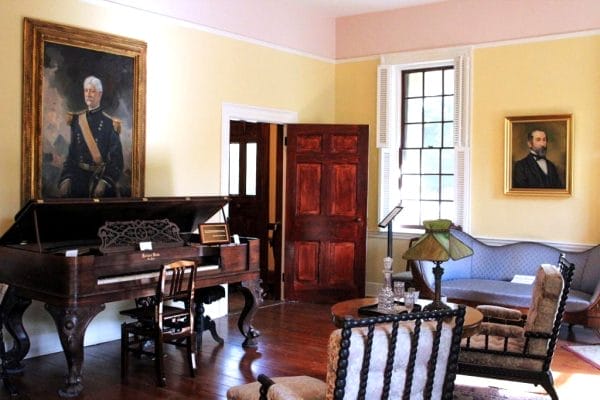 Gorgas Portraits
In 1878, the former Chief of the Confederate Ordnance Bureau, Josiah Gorgas, was elected as the eighth president of the University of Alabama. Shortly after arriving, Gorgas and his wife Amelia Gayle Gorgas, daughter of former Alabama governor and U.S. congressman John Gayle, and their six children moved into the President’s Mansion. (Their son William Crawford Gorgas would become a pioneer in preventing and treating yellow fever.) Less than a year later, a series of strokes left Josiah incapacitated and he was forced to resign the presidency. He was given an honorary position as head librarian for the university and Amelia was given the position of matron of the university infirmary. The Gorgas family was allowed to move into the top floor of the former Pratt house, and the bottom floor was used as the university infirmary. The building thereafter became known as “The Hospital.” In 1883, Josiah Gorgas died and Amelia took over as head librarian and three years later was appointed as university postmistress. The building was then known as “The Post Office,” as a post office operated on the first floor until 1908.
Gorgas Portraits
In 1878, the former Chief of the Confederate Ordnance Bureau, Josiah Gorgas, was elected as the eighth president of the University of Alabama. Shortly after arriving, Gorgas and his wife Amelia Gayle Gorgas, daughter of former Alabama governor and U.S. congressman John Gayle, and their six children moved into the President’s Mansion. (Their son William Crawford Gorgas would become a pioneer in preventing and treating yellow fever.) Less than a year later, a series of strokes left Josiah incapacitated and he was forced to resign the presidency. He was given an honorary position as head librarian for the university and Amelia was given the position of matron of the university infirmary. The Gorgas family was allowed to move into the top floor of the former Pratt house, and the bottom floor was used as the university infirmary. The building thereafter became known as “The Hospital.” In 1883, Josiah Gorgas died and Amelia took over as head librarian and three years later was appointed as university postmistress. The building was then known as “The Post Office,” as a post office operated on the first floor until 1908.
In 1895, engineering professor Robert Hardaway supervised the expansion of the front porch of the home as a gift from the university to the Gorgas family. The former one-bay portico was extended by two archways and two additional columns on top supporting the new porch. The original stone staircases and cast-iron balustrades were moved farther apart along the front façade to accommodate the expansion. The porch redesign helped maintain the late-nineteenth century style and make the home become more readily associated with the popular Greek Revival style. In 1907, at the age of 80, Amelia Gorgas retired but continued to live in the home, which by this time was generally referred to as “The Gorgas House.” After her death in 1913, two of her daughters, Mary and Maria, remained in the home and worked for the university library; the last surviving Gorgas daughter, Maria, died in 1953.
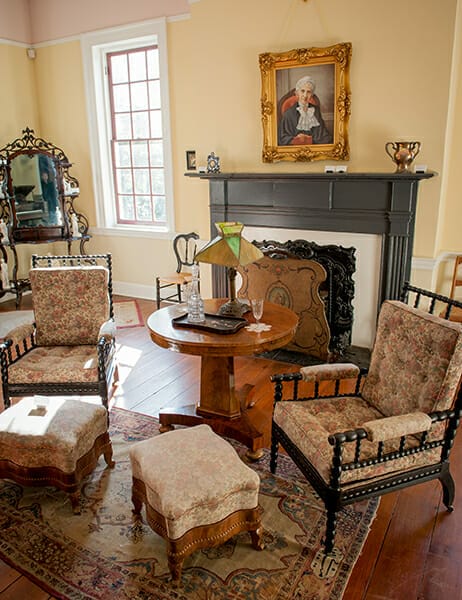 Gorgas House Parlor
The Gorgas House was repeatedly recognized for its historical and architectural significance. In 1934, it was selected as one of the first buildings for inclusion in the Historic American Buildings Survey (HABS), which was established in 1933 as the first federal preservation program and was designed to document America’s architectural heritage. In a further effort to maintain the home, the Gorgas Memorial Board was created in 1943 to oversee its care and preservation. The following year, the Alabama Legislature dedicated the Gorgas House as a state shrine to Josiah, Amelia, and William Gorgas. In 1954, it was transformed into the Gorgas House Museum at the behest of the UA Board of Trustees and the Gorgas Memorial Board. The National Register of Historic Places established the 12-acre Gorgas-Manly Historic District on the UA campus in 1971 and stated that the Gorgas House was its “most outstanding” building.
Gorgas House Parlor
The Gorgas House was repeatedly recognized for its historical and architectural significance. In 1934, it was selected as one of the first buildings for inclusion in the Historic American Buildings Survey (HABS), which was established in 1933 as the first federal preservation program and was designed to document America’s architectural heritage. In a further effort to maintain the home, the Gorgas Memorial Board was created in 1943 to oversee its care and preservation. The following year, the Alabama Legislature dedicated the Gorgas House as a state shrine to Josiah, Amelia, and William Gorgas. In 1954, it was transformed into the Gorgas House Museum at the behest of the UA Board of Trustees and the Gorgas Memorial Board. The National Register of Historic Places established the 12-acre Gorgas-Manly Historic District on the UA campus in 1971 and stated that the Gorgas House was its “most outstanding” building.
House Museum
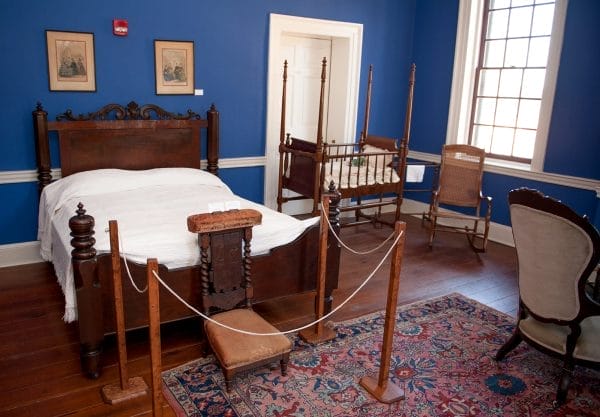 Gorgas House Bedroom
The Gorgas House Museum tells the story of the Gorgas family and the University of Alabama campus. The home is reflective of a typical middle-class home in the mid-nineteenth century. The majority of its furnishings belonged to members of the Gorgas family as did various artifacts from the nineteenth and twentieth centuries. Items on display include the original crib used for each Gorgas child as well as family portraits, sewing machines, decorations, blueprints of the home, and more. The museum also hosts a variety of rotating exhibits reflecting the history of the Gorgas family, the UA campus, and life in the state of Alabama.
Gorgas House Bedroom
The Gorgas House Museum tells the story of the Gorgas family and the University of Alabama campus. The home is reflective of a typical middle-class home in the mid-nineteenth century. The majority of its furnishings belonged to members of the Gorgas family as did various artifacts from the nineteenth and twentieth centuries. Items on display include the original crib used for each Gorgas child as well as family portraits, sewing machines, decorations, blueprints of the home, and more. The museum also hosts a variety of rotating exhibits reflecting the history of the Gorgas family, the UA campus, and life in the state of Alabama.
In 2010, the Gorgas House Museum underwent a year-long renovation that included the restoration of the bottom floor to its 1840 condition, and the upper floor was returned to its 1890s appearance. Exterior improvements were made to the masonry, roofing, gutters and downspouts, and landscaping. The 1950s-era brick fence surrounding the property was torn down and replaced with a more historically accurate wooden picket fence reflective of the home’s appearance when the Gorgases lived there. Additionally, the home was updated with new electrical, mechanical, and fire protection systems, new plumbing, restored woodwork, and structural repairs.
The Gorgas House Museum is located at 810 Capstone Drive on the UA campus. It is open Monday through Friday 9:00 a.m. until 12:00 p.m. and from 1:00 p.m. until 4:30 p.m. or by appointment. It is closed on all UA holidays. General admission is $2.00 or free for current UA faculty, staff, students, and members of the University Alumni Association. The Gorgas House Museum is part of the larger University of Alabama Museums System and is supported by the Gorgas House Gift Fund which aids the museum through outreach, research, educational activities, permanent and temporary exhibits, collections maintenance, and preservation efforts. Nearby are the Jemison-Van de Graaff Mansion (ca. 1860), the Historic Drish House (ca. 1830), the Battle-Friedman House (ca. 1835), the Old Tavern Museum (ca. 1827), the Alabama Museum of Natural History, the Mildred Westervelt Warner Transportation Museum, and the Paul W. Bryant Museum.
